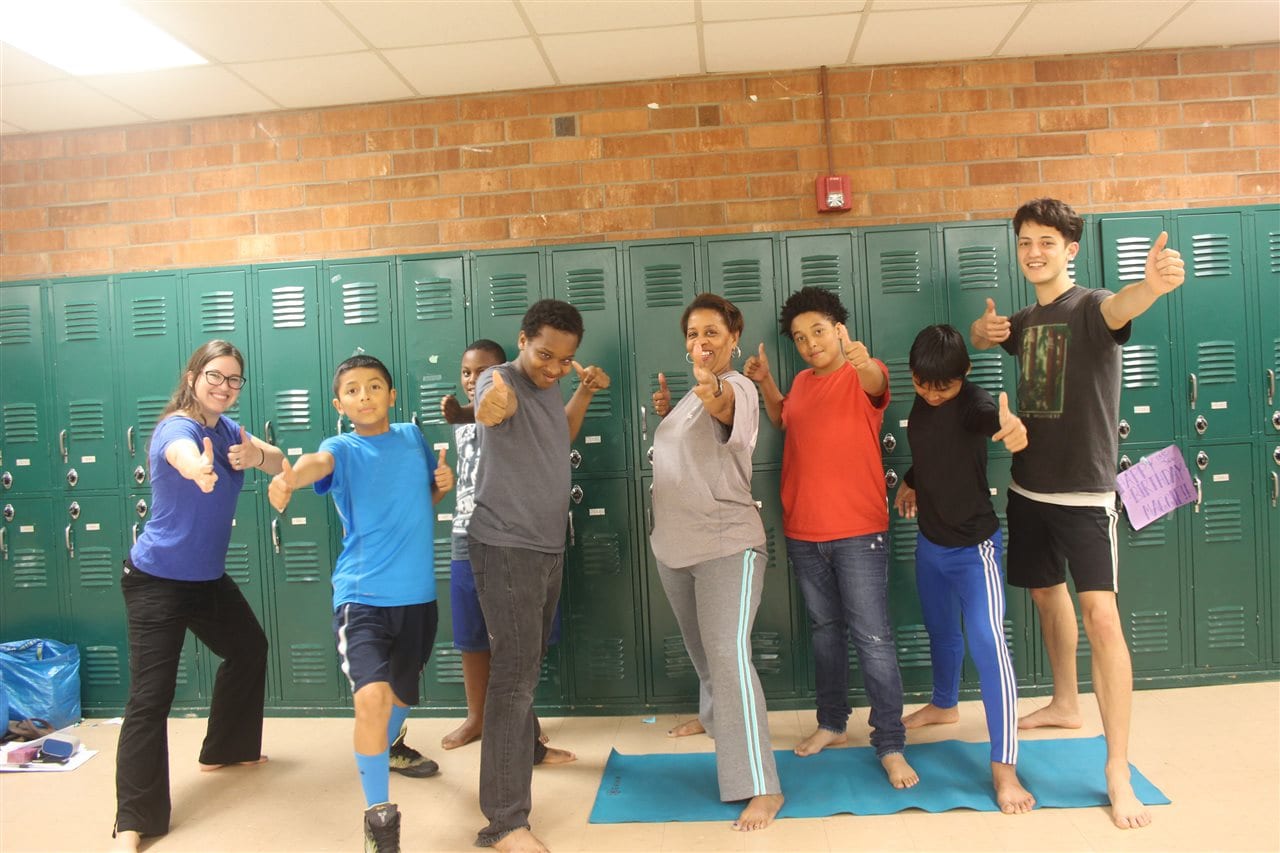by d-mars.com News Provider
Adolescence isn’t easy on anyone. The physical, psychological, social and emotional changes are difficult for young people since many do not have the tools to deal with the whirlwind of feelings that come with growing up. That’s why parents and educators are increasingly focused on teaching emotional regulation. These are the skills that help us to manage emotions and behavior despite negative circumstances. Children who understand and self-regulate their emotions are better able to control impulses, be flexible when things change unexpectedly, and manage behavior when feeling angry or upset.
Emotional regulation is especially important for today’s kids. Everything from social media pressures to distance learning during a pandemic has added complexity and uncertainty to adolescence. Young people in low socioeconomic circumstances often face additional stressors such as abuse, neighborhood violence, hunger or housing insecurity. Given how psychologically vulnerable kids are at this age, schools are redoubling their efforts to build these skills in their students.
Any parent will tell you that this is easier said than done. However, a growing body of research indicates that mindful practices like yoga help children develop the tools to better manage their emotions. More and more studies indicate that yoga promotes and improves emotional self-regulation along with other positive psychological outcomes in adolescents.
The latest of these studies was published in February in the Journal of Child and Family Studies by a team of researchers from Duke University, University of North Carolina and Harvard Medical School. They examined the psychological impact of the Kundalini Yoga-based Y.O.G.A. for Youth after-school program on students in North Carolina’s Chapel Hill-Carrboro public school system. Since its inception in 1998, Y.O.G.A. for Youth has provided schools, juvenile detention centers and other youth-oriented organizations with customized yoga programming tailored to address the behavioral, emotional and physical needs of children. Y.O.G.A. for Youth programs are designed to foster confident, healthy, emotionally stable individuals with higher levels of scholastic aptitude and expanded behavioral management skills.
Students with academic or behavioral challenges were offered an after-school program free of charge, either the Y.O.G.A. for Youth program or an alternative activity. The students who chose yoga participated in 12 40-minute classes over a period of six weeks. Each class consisted of the mindfulness practices found in Kundalini Yoga: mantras, breath practice, physical warm-ups, a kriya (a specific sequence of physical postures that incorporate specific breath patterns, eye focus and hand positions), meditation and relaxation.
Both the yoga group and the comparison group completed written surveys before and after the six-week study period that measured emotional regulation, depression, anxiety, stress and mindfulness. Students who participated in yoga also completed a short mood measure survey before and after each class. Researchers analyzed the results and found that students in the yoga program reported a significant improvement in emotion regulation across the six-week program. They also found that students reported significant decreases in anger, depression and fatigue after one single Y.O.G.A. for Youth class session.
There is still more research to be done, but these results have important implications for the positive impact of school-based yoga programs. The initial evidence suggests that the emotional self-regulation and mind-body awareness skills provided by yoga in education settings can help adolescents cope with life’s challenges more effectively and help them grow into healthy adults. It offers additional support for integrating yoga into daily routines to give students the critical emotional skills they’ll use the rest of their lives.
Not every school system has yoga available as an after-school program, so it’s important to note there are other ways to help your children or students benefit from yoga and mindfulness practices. For ideas on how to incorporate Kundalini Yoga practices at home, visit 3HO.org or yogaforyouth.org.
Source: BPT








